3 challenges with green vehicles
Sharing at the discussion "What is Hanoi doing to green buses?" on the afternoon of November 28, Mr. Pham Dinh Tien - Head of Planning and Operation Department, Hanoi Public Transport Management Center said that the rate of green energy vehicle use in Hanoi is currently about 13.6%. This number is still modest compared to the set goals and expectations.
“After more than 1 year of being put into use, the green bus has been supported by people and bus passengers, highly appreciated for its service quality. The bus operates smoothly, without oil or exhaust fumes, has a sound system, LED lights inside, and the staff is polite and friendly.
Statistics show that with 9 electric bus routes, the output achieved in 2023 is about 19.6 million passengers, an increase of 16.9% compared to the 2023 plan and an increase of 136% over the same period," said Mr. Tien.
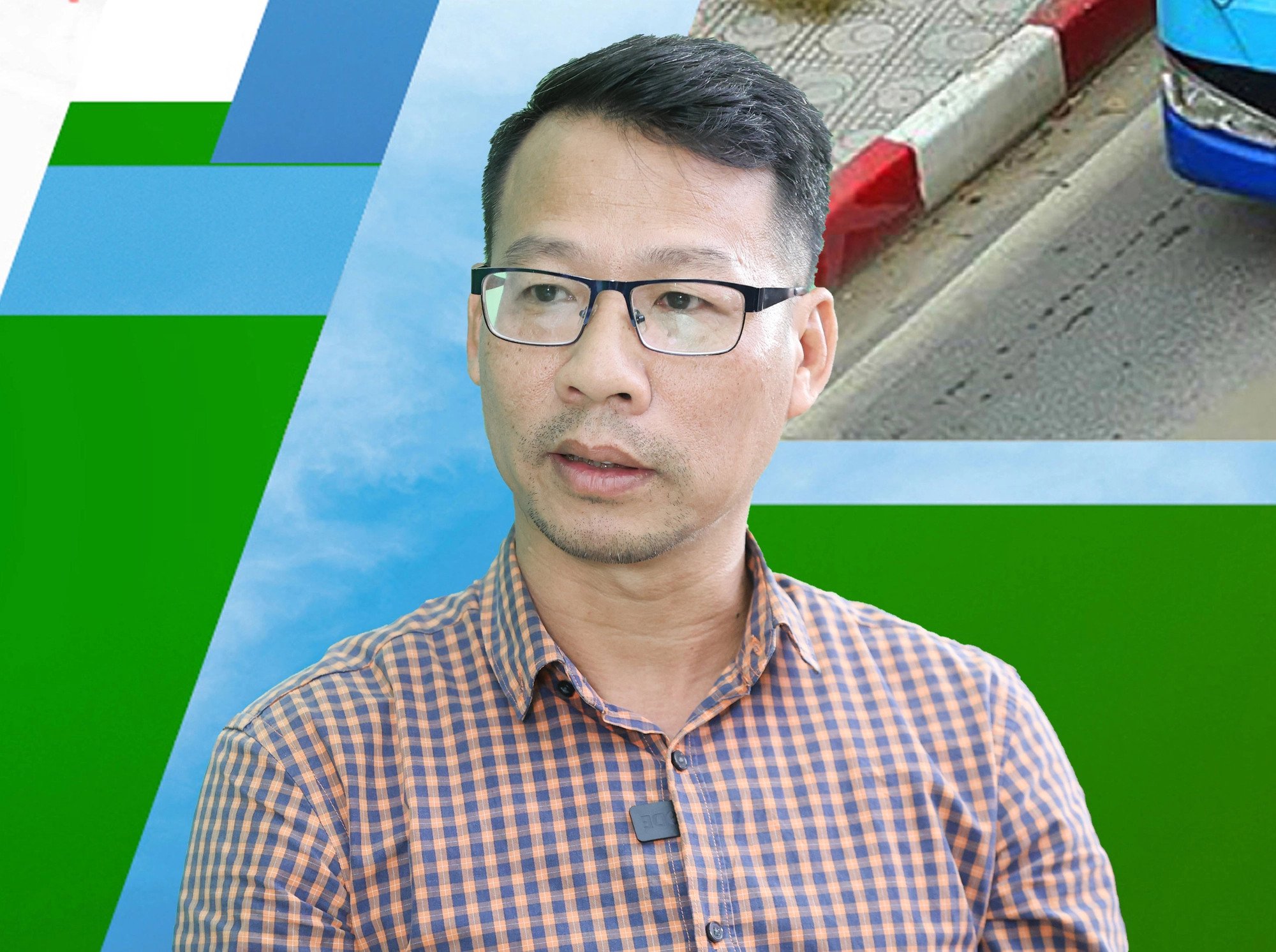
Mr. Pham Dinh Tien - Head of Planning & Operation Department, Hanoi Public Transport Management Center (Photo: BGT).
However, Mr. Pham Dinh Tien also assessed that the conversion of buses to green and clean vehicles is currently facing a number of difficulties and challenges.
The first is investment capital. According to calculations, the investment cost of green vehicles is 2.4 times higher than that of traditional buses using diesel. Such a large investment will significantly affect the resources of the enterprise. In addition, the model conversion also requires a large amount of investment resources for infrastructure, such as investment in electric charging stations, transformer stations, power supplies, and control systems.
Second, the transition to green vehicles requires the synchronous implementation of electricity planning from charging stations, fuel stations, and strategies for building charging infrastructure to supply green vehicles.
Third, currently, the authorities still do not have a mechanism to guide businesses and investors to socialize investment in infrastructure to provide green energy for vehicles, serving the green bus conversion process.
Where is the electricity to develop green transportation?
On the business side, Mr. Nguyen Hoang Hai - Vice President of Hanoi Public Passenger Transport Association also agreed on the difficulties in developing a green public transport network in Hanoi, notably three barriers, including: policy mechanisms, resources for vehicle conversion, infrastructure (power source, charging stations).
In particular, to build power infrastructure and charging stations for green vehicles, Mr. Hai emphasized the need for stronger participation from the electricity industry, electric bus depots all need very large charging systems enough for the fleet to operate 2 shifts/day; the transformer station used must also be a medium voltage transformer station.
Therefore, it is necessary to include in the electricity industry's planning the electricity infrastructure for green vehicles to meet the needs of the green bus network and other vehicles.
“With the roadmap to convert 2,000 electric buses in 15 years, on average, Hanoi has to replace 160 vehicles each year, not to mention new routes when bidding, the vehicles must also be green and clean.
Currently, daytime is the peak electricity consumption, but when all buses are converted to green energy vehicles, nighttime will also be the peak electricity usage when all buses will charge at this time," said Mr. Hai.
Therefore, a representative of the Hanoi Public Passenger Transport Association believes that one of the people who can remove barriers to switching to green vehicles is the energy industry.
"Currently, bus routes mainly operate in the inner city. Based on that reality, we need to work with the energy sector to consider the ability to supply electricity to depots in the inner city, and the planning and implementation roadmap of the electricity sector in Hanoi in the coming time. Until we clarify with the electricity sector, we will not be able to answer the question of how much electric vehicles will develop and what the development rate will be," said Mr. Hai.
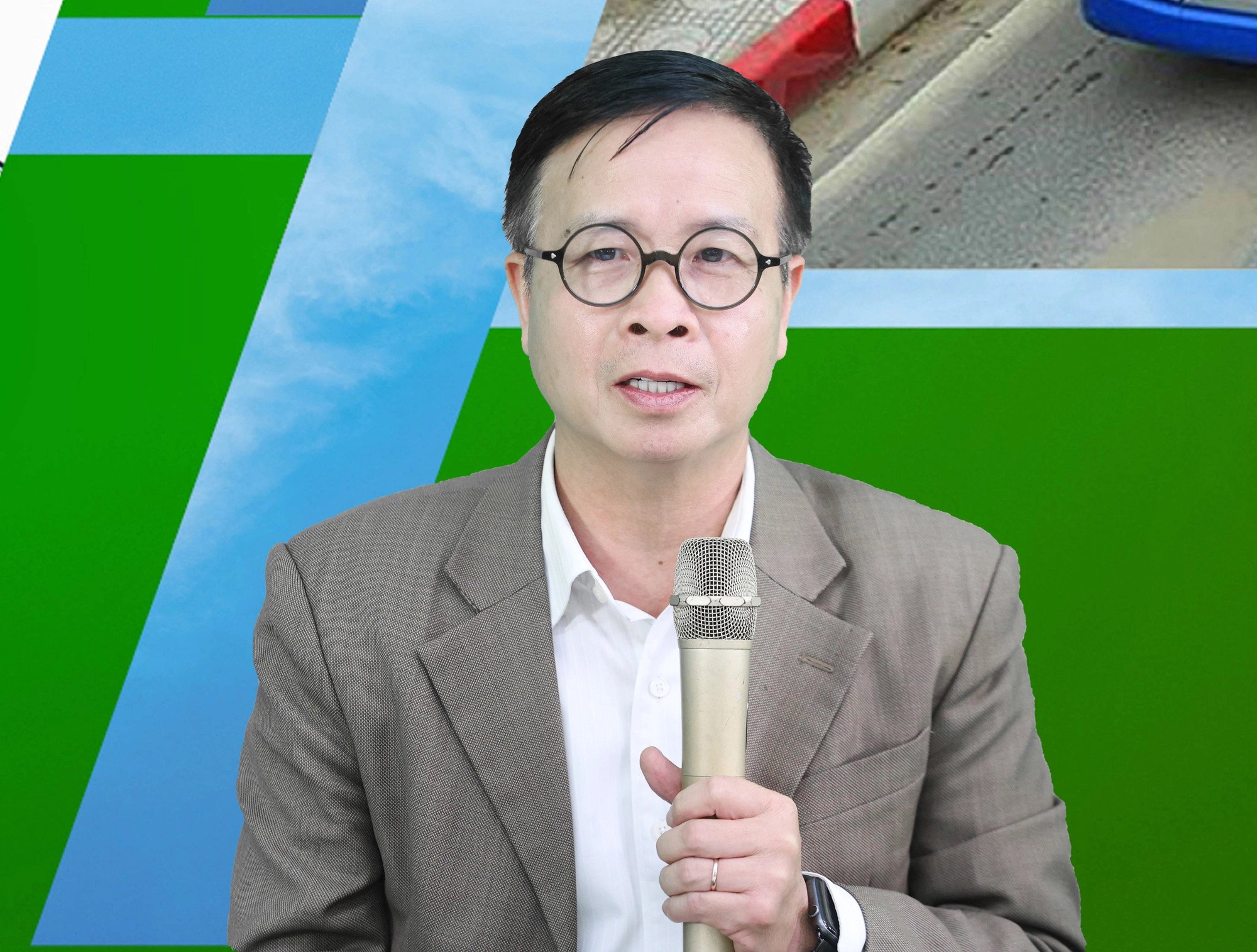
Mr. Nguyen Hoang Hai - Vice President of Hanoi Public Passenger Transport Association.
In addition, Mr. Nguyen Hoang Hai also said that it is necessary to pay attention to investment in technology transformation and human resources; in which enterprises need to be proactive in this matter.
Besides, it is also necessary to choose a suitable route, only when the contract or life span of the vehicle has expired, will it be converted to a new vehicle using green, clean energy, so as to maintain stability in the network's operations.
Regarding the role of the business community in the transformation process, the Vice President of the Hanoi Public Passenger Transport Association said that it is necessary that all policies and guidelines, when issued, must have the support of businesses.
In the current transition period, businesses need to pay more attention to changing their thinking and management methods to create a common ground in public passenger transport activities, so that there is no longer a comparison between taking this bus route being good and that bus route being bad in people's minds.
Currently, the City and the Hanoi Department of Transport are also building a set of criteria to evaluate businesses. This will be the basis for businesses to review and find solutions to innovate thinking, management methods as well as apply technology to better serve the people.
Regarding the policy to support businesses, Mr. Nguyen Hoang Hai said that the most recent policy that Hanoi City has implemented to develop public transport is according to Resolution 07 of the City People's Council. In addition to the mechanism related to bidding and ordering, Resolution 07 also has a policy related to loan interest.
"The resolution stipulates that, but in reality, businesses' access to loan interest rates is still limited. I know that so far only 1-2 businesses have submitted applications and have not received specific instructions from the departments or branches. To put the policy into practice, we hope that the authorities will provide information to guide businesses.
Current incentive policies should also be reviewed and updated so that more clean vehicles can be put into operation. I also know that the City's investment fund has an investment component for public transport development. Businesses really need information from authorities to easily access this support," said Mr. Hai .
Source


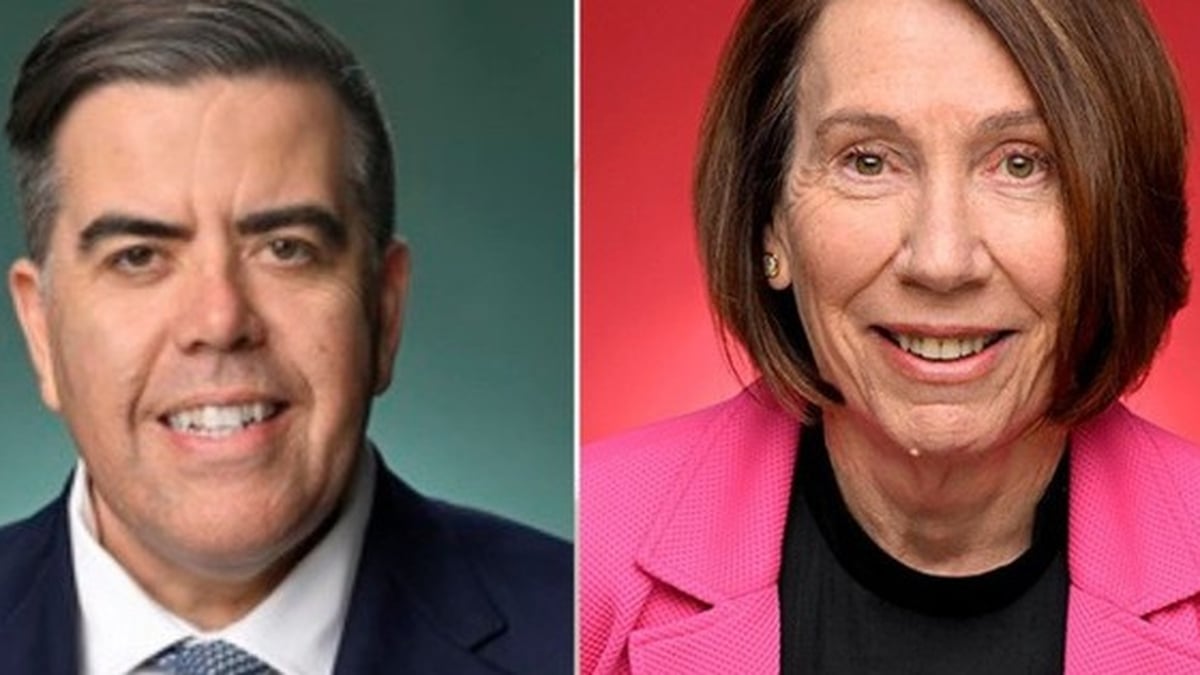
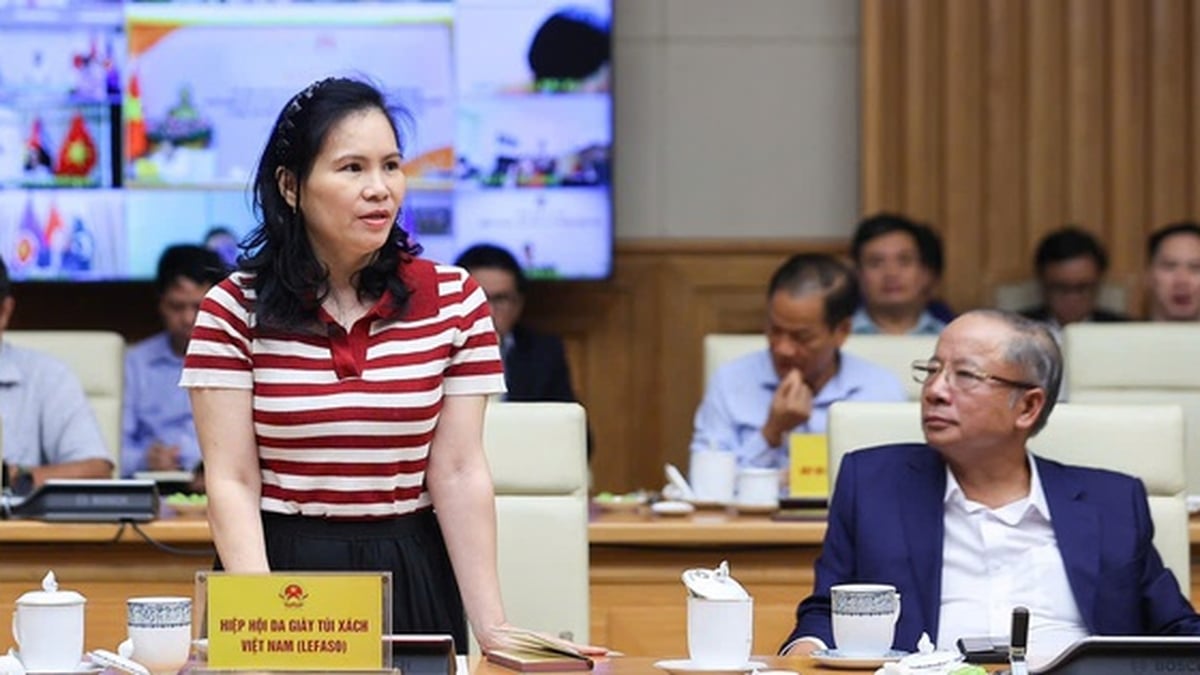
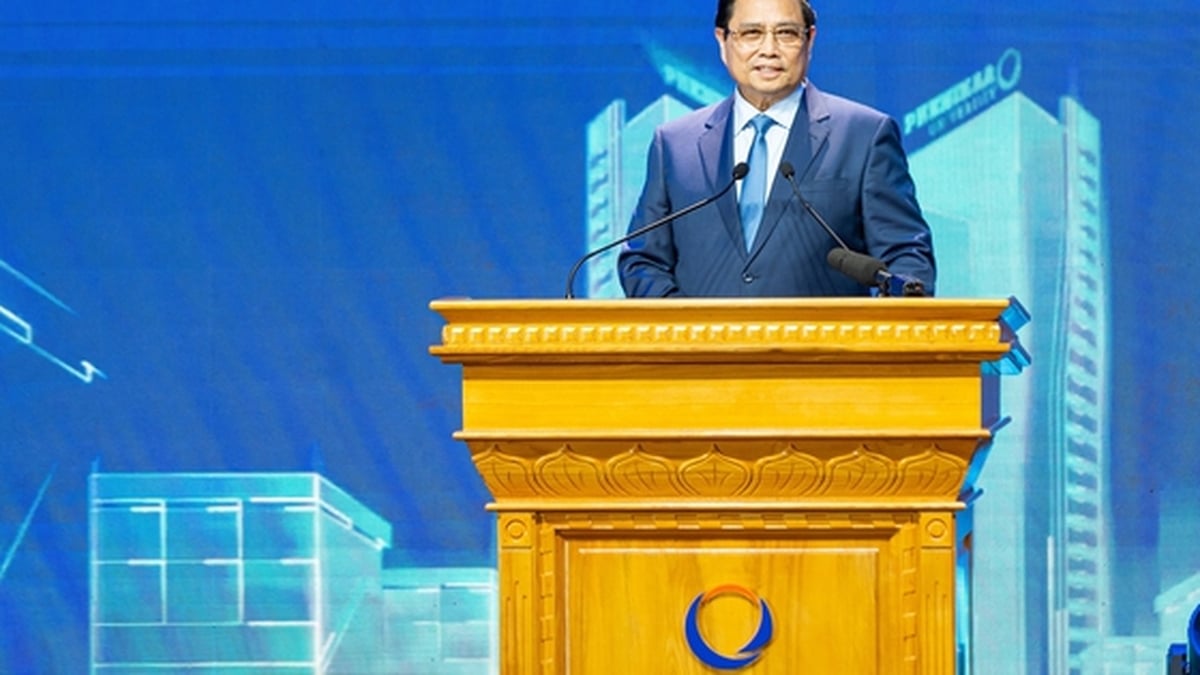
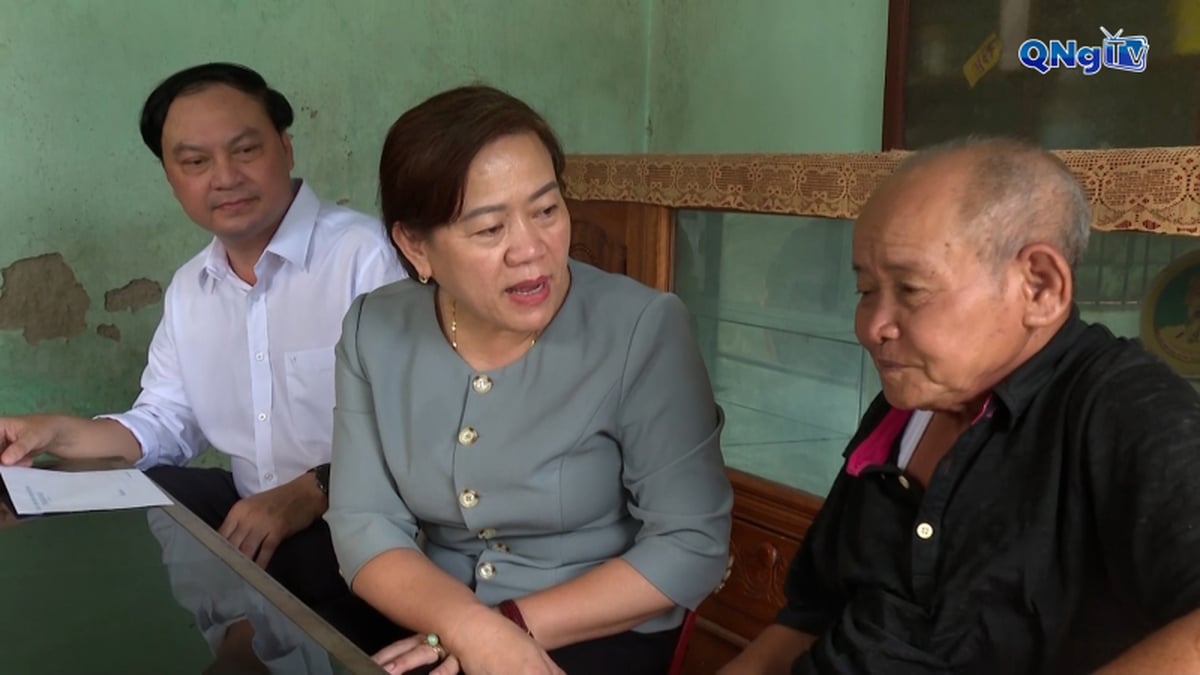
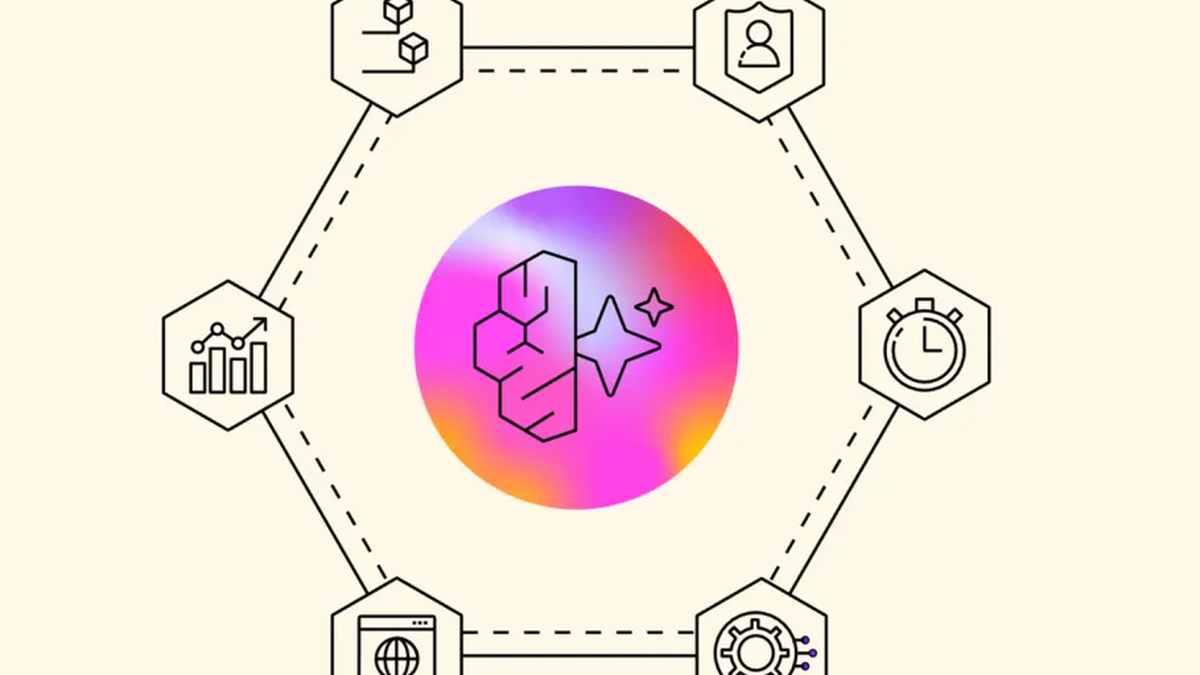
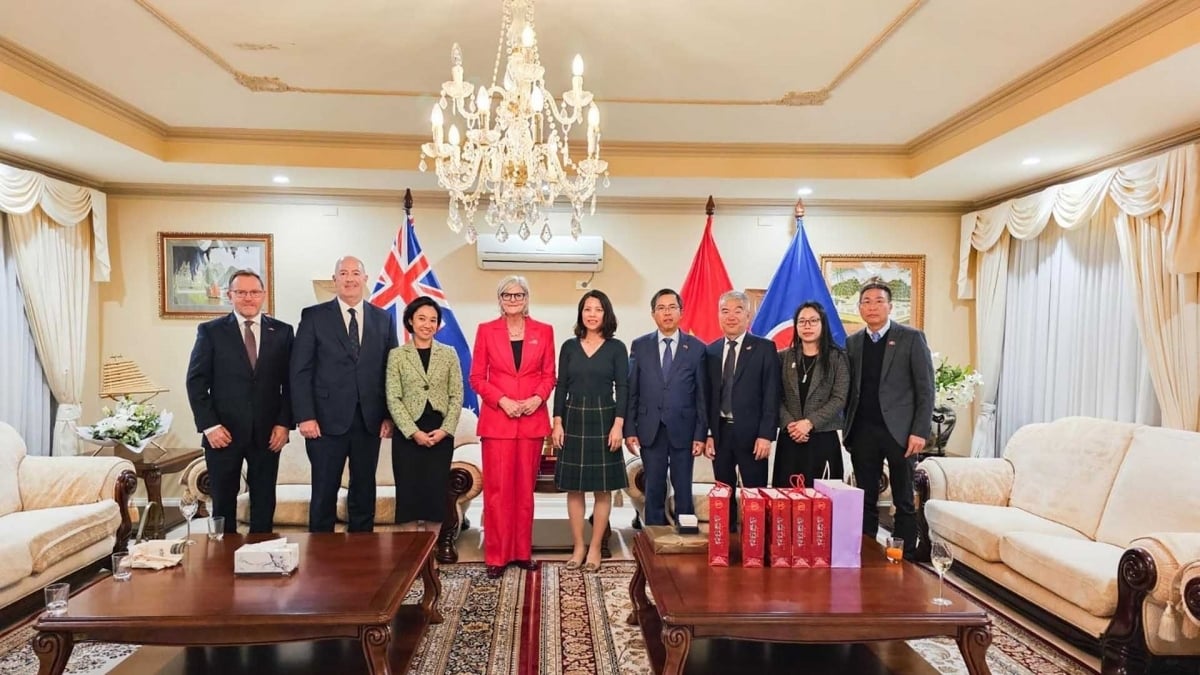
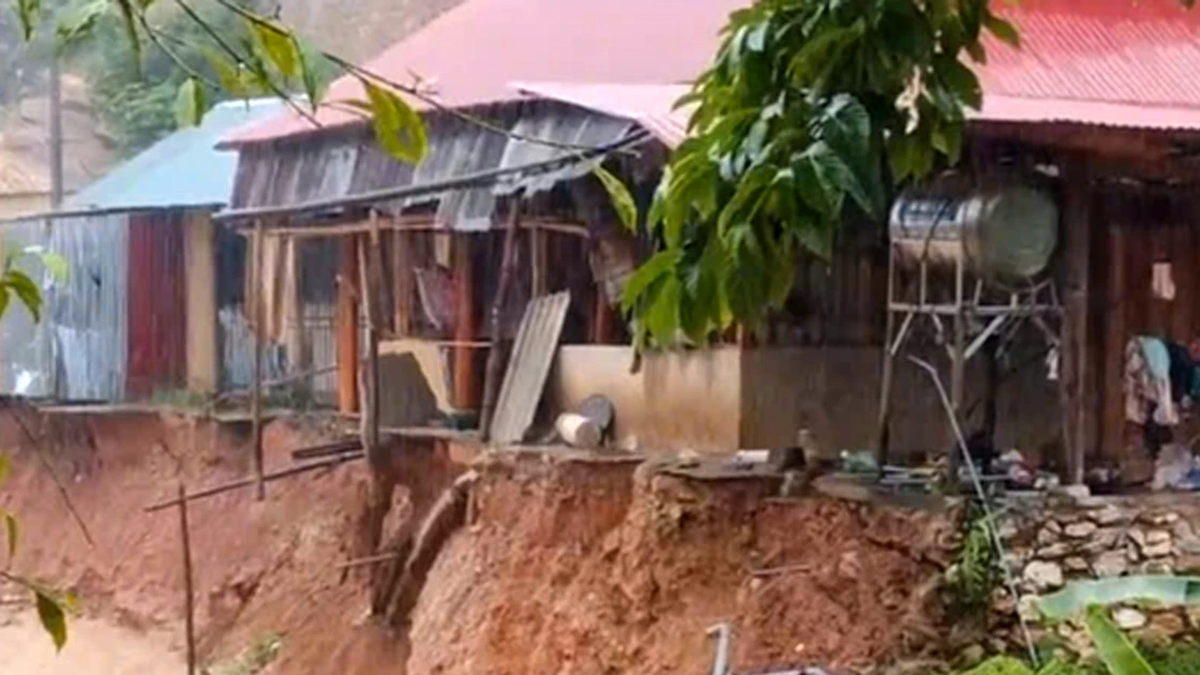
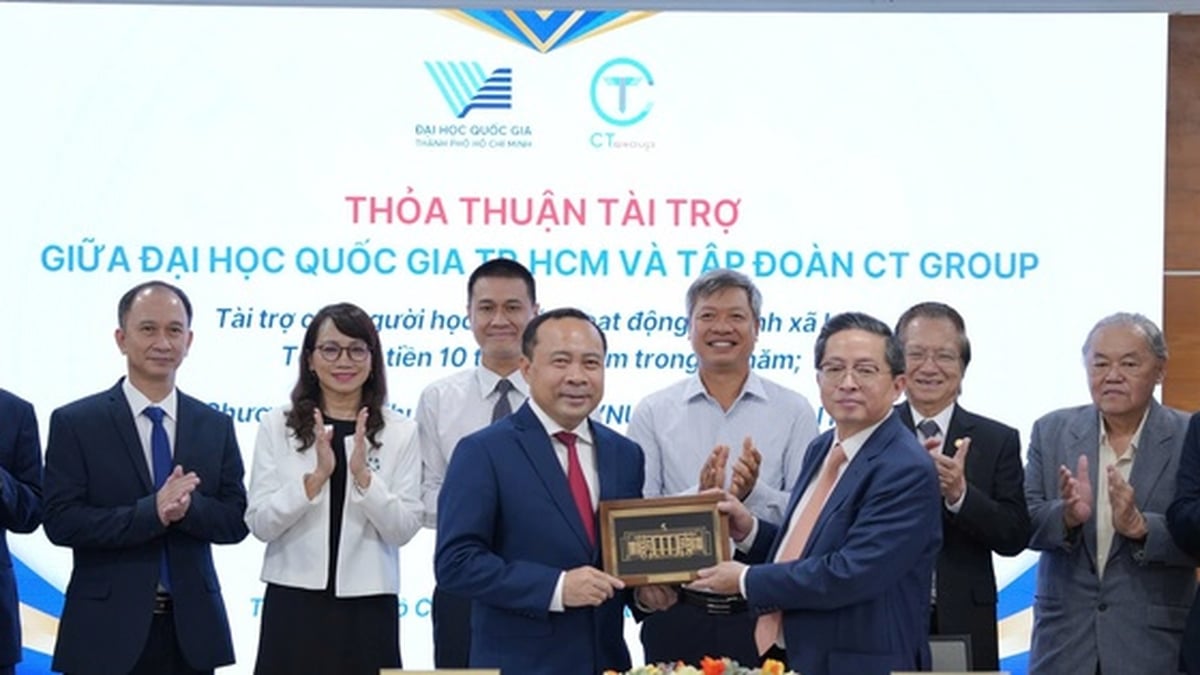
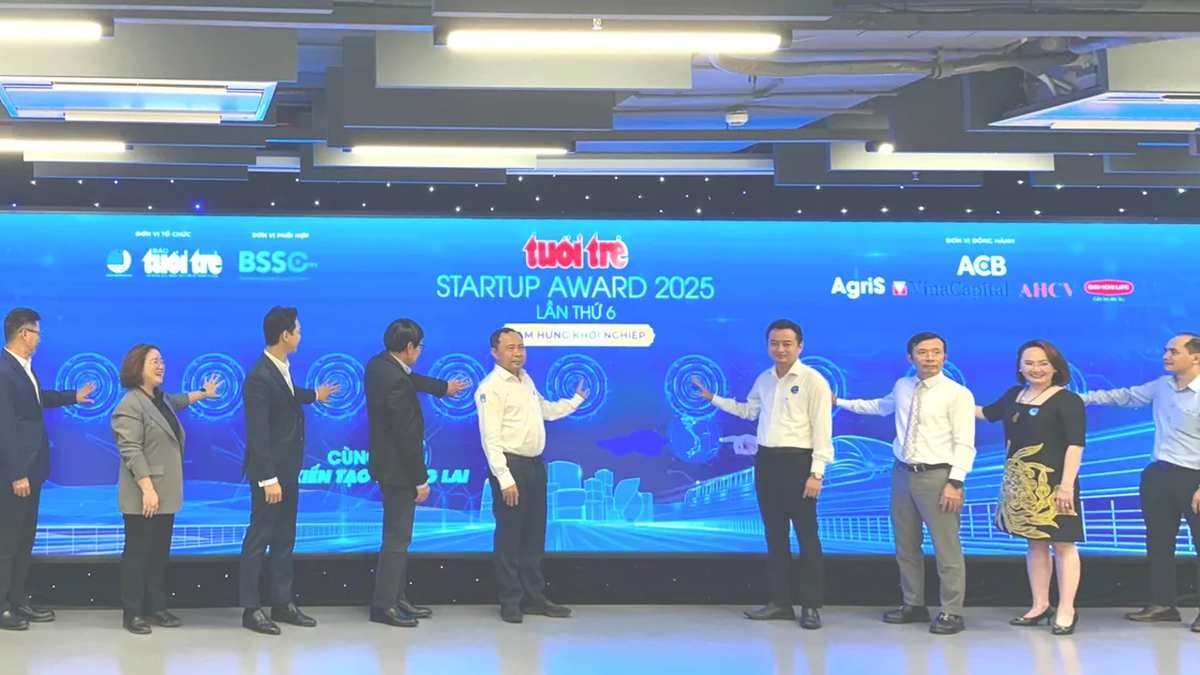
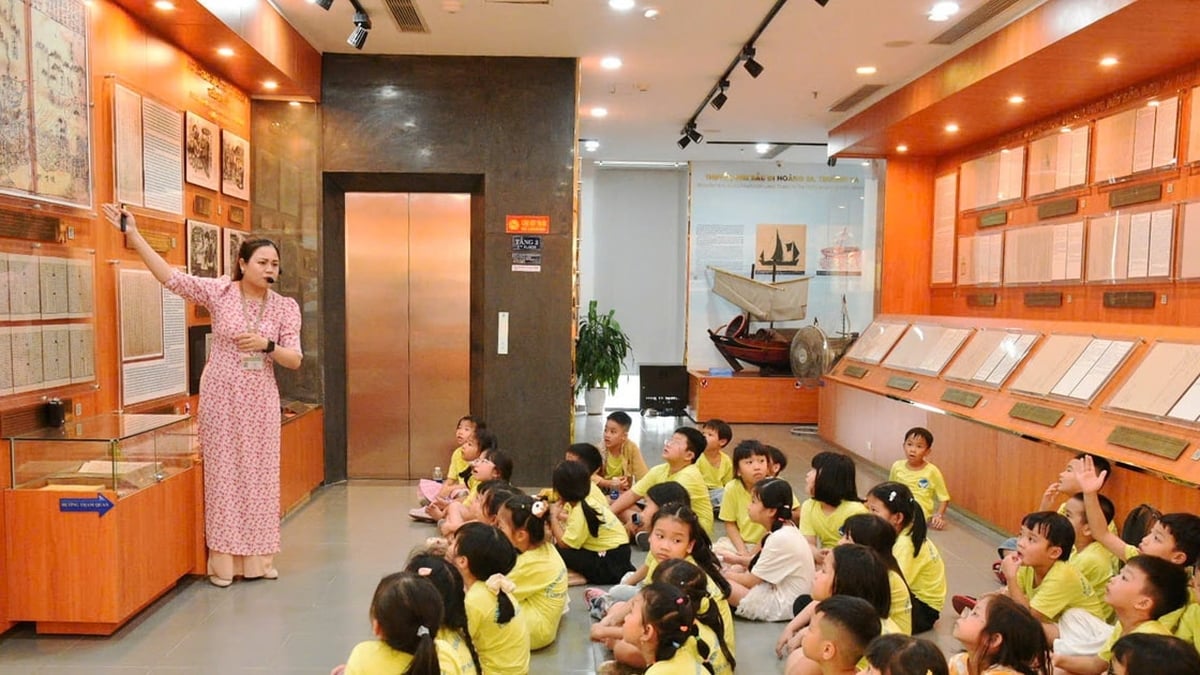




















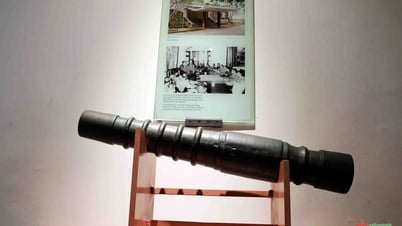





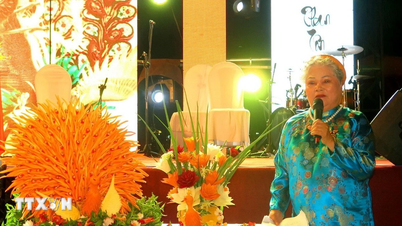








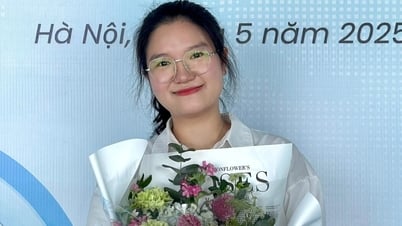

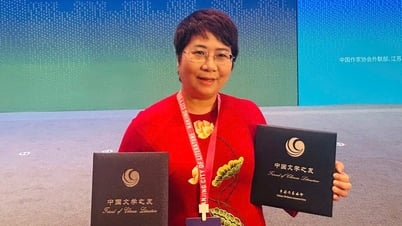





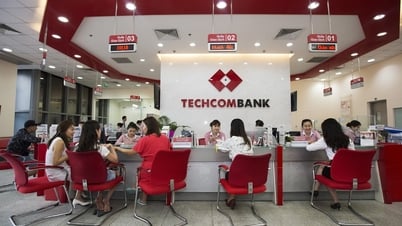




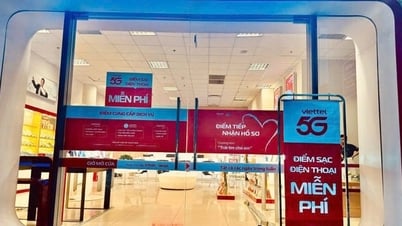

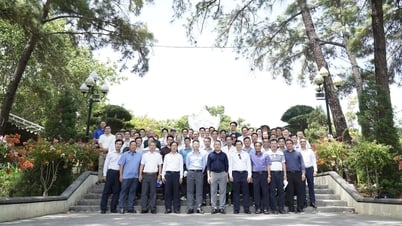




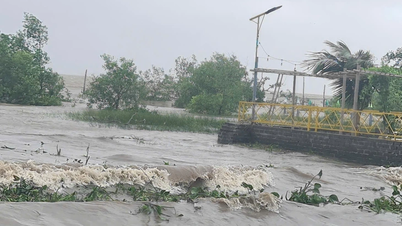



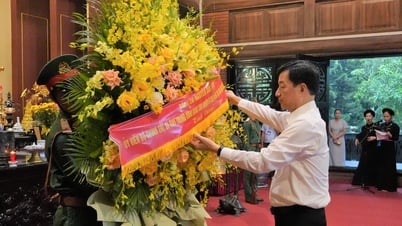

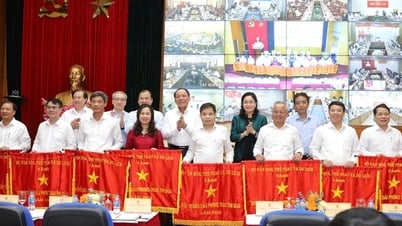


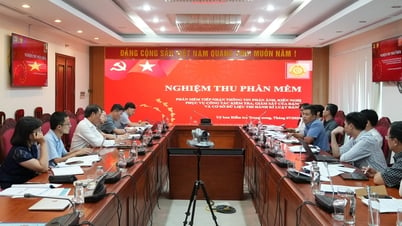


























Comment (0)